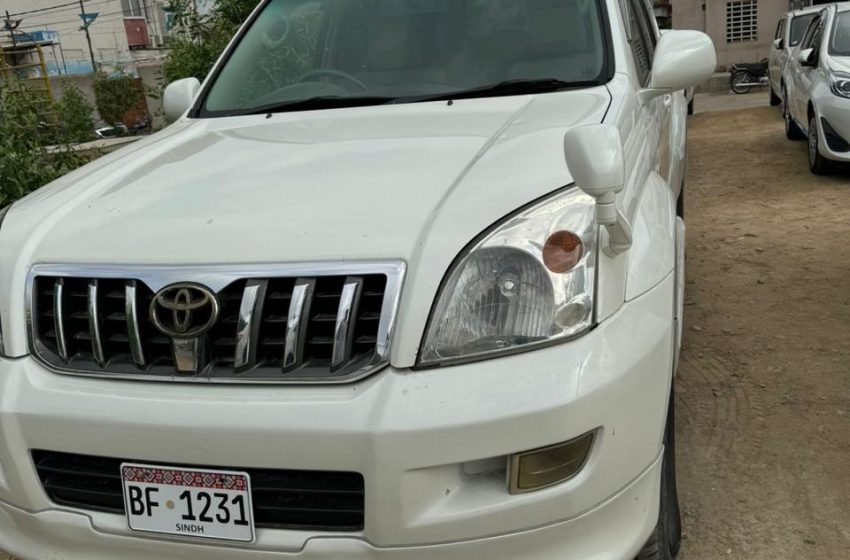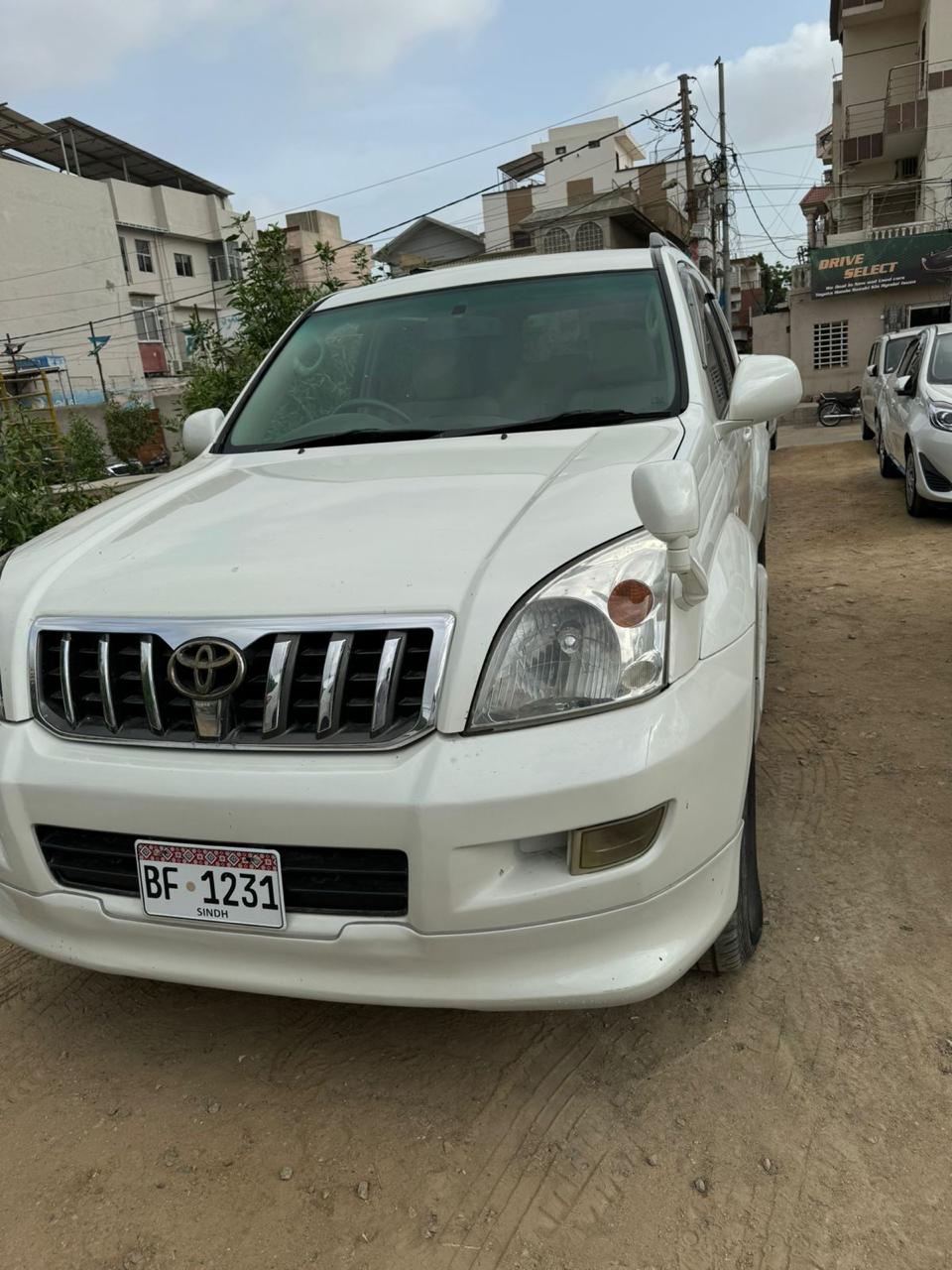New Car Price Hikes in Pakistan: What Buyers Should Know

The Pakistani automotive market has seen a significant surge in new car prices in Pakistan in recent years, creating challenges for prospective buyers. Several factors, including global and local economic shifts, have contributed to these price hikes, leading to a shift in buying behaviors and preferences. If you’re considering purchasing a new vehicle in Pakistan, understanding these reasons and how to navigate the market is crucial.
1. Global Economic Factors
A major driver behind the rise in car prices is the global economy. Many car manufacturers rely on imported components, such as engines, transmissions, and electronic parts. However, due to the ongoing global supply chain disruptions, particularly the shortage of semiconductor chips, production has slowed down, driving up costs. Additionally, fluctuating oil prices and international freight costs have made vehicle transportation and manufacturing more expensive.
2. Depreciation of the Pakistani Rupee
Another significant factor impacting new car prices in Pakistan is the depreciation of the local currency against the US dollar and other major currencies. Since a large portion of car parts and raw materials are imported, a weaker rupee means higher import costs for automakers. As a result, these costs are passed on to consumers, pushing up the prices of both locally assembled and fully imported cars.
3. Government Policies and Taxes
Government policies and taxation have also played a crucial role in the price hikes. Over the past few years, various forms of taxation, including Customs Duties, Sales Tax, and Federal Excise Duty (FED), have increased, leading to higher prices for both imported and locally manufactured vehicles. The imposition of Advance Income Tax (AIT) and regulatory duties has added to the overall cost of owning a vehicle, particularly for luxury and high-end models.
Moreover, the government’s efforts to discourage car imports through higher tariffs on Completely Built Units (CBUs) have caused a sharp rise in prices of imported vehicles, impacting brands that bring fully assembled cars to the market.
4. Impact of the Global Chip Shortage
The global semiconductor chip shortage has hit the automotive industry hard. Modern vehicles rely heavily on electronic components, and the shortage has led to production delays and reduced availability of new cars. Manufacturers are often forced to cut down production volumes, resulting in fewer cars in the market, which in turn drives prices higher due to limited supply.
5. Rising Inflation and Production Costs
Local automakers in Pakistan also face the burden of rising inflation, which affects labor costs, electricity, and raw materials. This leads to higher manufacturing expenses, which inevitably impact the retail price of vehicles. The surge in steel and aluminum prices, which are essential materials for car manufacturing, has also contributed to price hikes.
6. Frequent Price Adjustments by Automakers
In response to these factors, automakers in Pakistan have been adjusting their prices frequently. Major companies such as Toyota Indus Motors, Honda Atlas, Pak Suzuki, and Hyundai Nishat have all announced multiple price increases within short intervals. This unpredictability can be frustrating for buyers, as many are caught off guard by sudden spikes in prices, even after booking a vehicle.
7. Impact on Car Buyers
The rising prices have changed the dynamics of car buying in Pakistan. Many potential buyers, particularly those in the middle-income bracket, are now struggling to afford new cars. The high costs are pushing some to either delay their purchase or opt for used cars instead of new ones. For many, the entry-level segment that once catered to budget-conscious buyers has now become more expensive, with fewer options under PKR 3 million.
Additionally, financing a car has become more burdensome. With higher prices, the down payments and monthly installments for auto loans have risen, making financing less accessible for many. Buyers who previously preferred new cars are now considering affordable alternatives, including used or smaller vehicles.
8. What Can Buyers Do?
While the price hikes have created a challenging landscape, there are several strategies that buyers can consider to mitigate the impact of these increases:
-
Stay Informed: Keep an eye on the latest news and announcements from car manufacturers. Prices are subject to frequent revisions, and knowing when prices are likely to go up can help you make timely purchasing decisions.
-
Look for Promotions and Deals: Many automakers and dealerships offer promotional deals, discounts, or low-interest financing options from time to time. Be on the lookout for such opportunities to reduce the cost of purchasing a new car.
-
Consider Used Cars: The used car market has become a popular option for those looking to avoid the high prices of new vehicles. You may find a good-quality used car at a much lower price than a new one, particularly from sellers who maintained their cars well.
-
Explore Leasing Options: Leasing a car is another option that can offer lower monthly payments compared to outright buying. While you won’t own the car at the end of the lease, it can be a practical choice for those who prefer flexibility.
-
Opt for Smaller, More Economical Cars: As fuel prices continue to rise, consider models that offer better fuel efficiency and are smaller in size, reducing both the upfront cost and ongoing operational expenses.
9. Future Outlook
As the global economy stabilizes and supply chains recover, there is hope that the pressure on car prices may ease. However, in the short term, prices are expected to remain high due to continued inflation, currency fluctuations, and high production costs. Buyers may need to adjust their expectations and budgets to accommodate these changes.
The Pakistan Automotive Policy aims to encourage more local manufacturing and new entrants in the market, which could eventually help stabilize prices. Brands like Changan, Proton, and Kia have entered the market in recent years, providing more competitive options in terms of features and pricing.
Conclusion
The new car price hikes in Pakistan have been driven by a combination of global and local economic factors. For prospective buyers, this means higher costs and fewer affordable options, but by staying informed and exploring alternatives, it is still possible to make smart car-buying decisions. Whether you’re looking to buy now or waiting for market conditions to improve, being proactive and knowledgeable will help you navigate the current car market more effectively.



